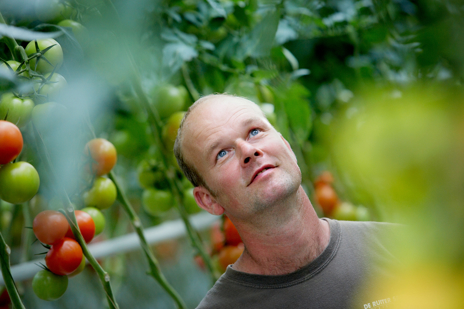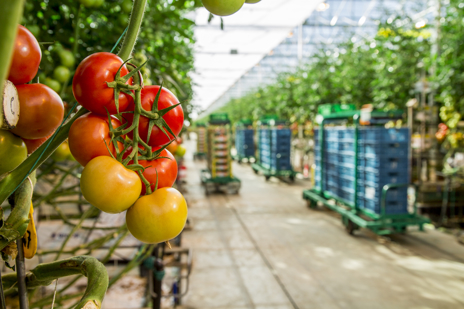The Dutch Approach refers to the rich history of The Netherlands dealing with water safety, urban planning and local participation. Over the years, The Dutch Approach has become a notable planning and management practice reaching far beyond water management. It has proven to be an effective method to realize complex planning projects and has been put to the test in a broad range of industries and in military missions. In our turnkey greenhouse projects, we use these principles to operate in multiple countries, efficiently, future-proof and as a joint effort.
The Dutch Approach
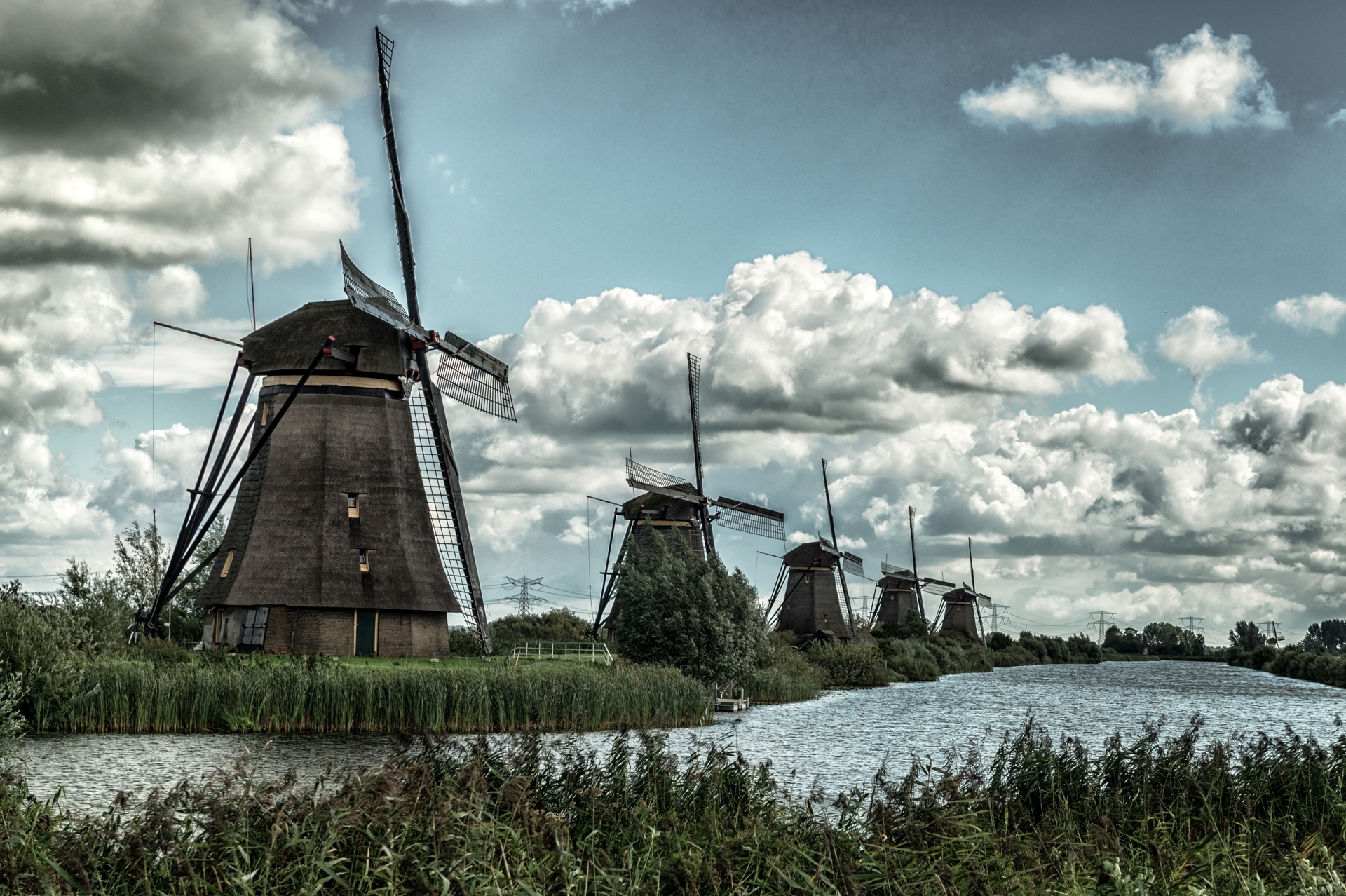
Building greenhouses the Dutch way
Implementing the Dutch Approach in our international greenhouse projects.
Technological Advancements
The Netherlands, a country about six times as small as the UK, is the world’s second-largest exporter of agricultural products. This astonishing achievement is made possible because of cutting-edge greenhouse technologies. These include climate-controlled environments, energy-efficient heating systems, and automation that allow for year-round, optimal growing conditions. These technologies do not only increase production, but also drastically reduce the carbon footprint. Utilizing these advanced technologies in international projects, can yield significant advancements in local agriculture, making the industry more resilient to the impacts of climate change.
Water Management
Water is a precious resource in agriculture, and the Dutch have perfected the art of water management in greenhouses. We use a closed-loop system that recycles water, eliminates waste and reduces environmental impact. This system incorporates rainwater harvesting, precise irrigation and water recycling. In our greenhouse projects, water usage is optimised and reduced to the bare minimum. For countries struggling with water scarcity, this can be a game-changer, creating a more sustainable and resilient agricultural system.
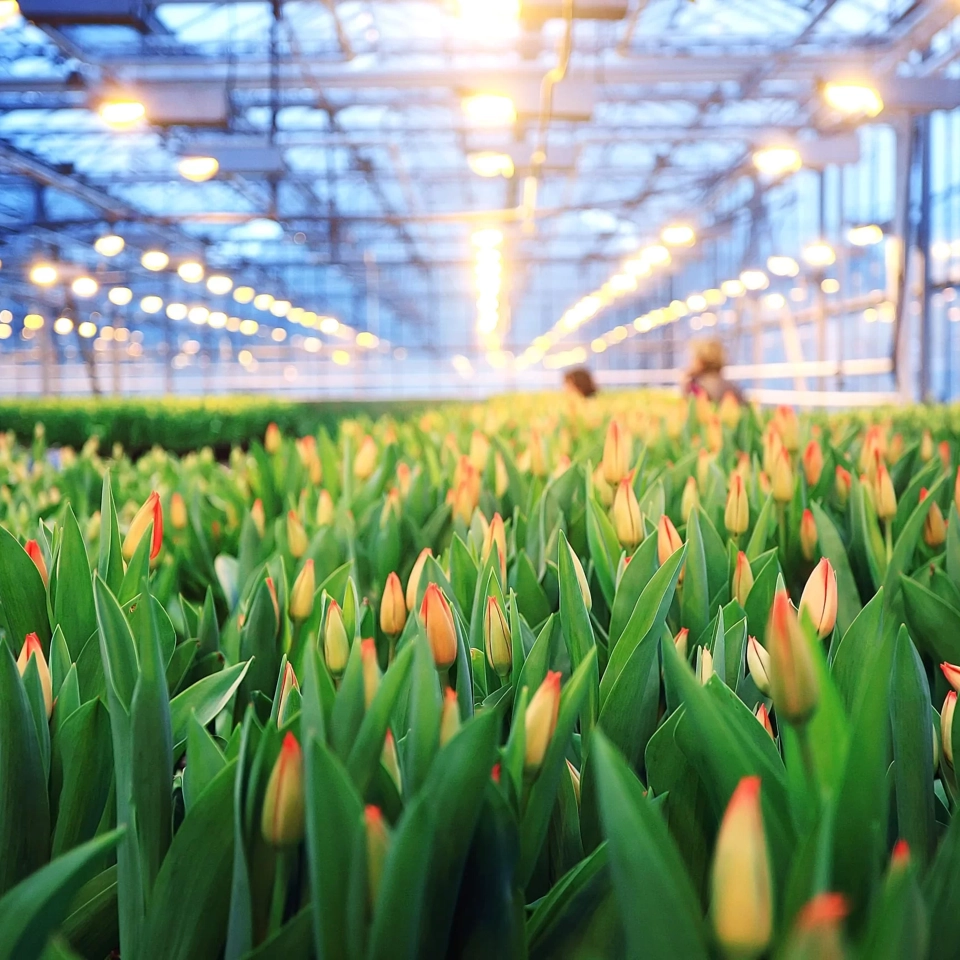
Three simple questions, let's answer them together!
Integrated Pest Management
Instead of relying solely on synthetic pesticides, in Dutch greenhouse we employ Integrated Pest Management (IPM). This involves using natural predators, such as insects, to combat pests. IPM is more sustainable and healthier for both the environment and consumers. Implementing this approach internationally, reduces the dependence on harmful pesticides, contributing to a cleaner and safer agricultural landscape. As a more direct result, with each vegetable project, we bring healthier vegetables closer to your plate.
Knowledge Sharing
One of the crucial aspects, if not the most crucial, of implementing this Dutch model is the transfer of knowledge and skills. As DutchGreenhouses, we are continuously sharing technical expertise with our partners to keep abreast of new developments. Being a technical company, we do not hesitate to integrate future-proof technology and share knowlegde with our clients' local engineers and technicians.
Knowledge sharing of technology is only a fraction of what we do over time. The Dutch horticultural practices are being repeated day after day once the greenhouse facility is built. We have seen that knowledge transfer is the key to the success of each project in our greenhouse horticulture projects. This often involves a combination of training programs, workshops, and on-site demonstrations. Education is key to ensure the long-term sustainability of these projects, enabling local teams to run the operations efficiently and troubleshoot any issues that may arise.
Economic Benefits
Implementing Dutch greenhouse projects with this model, can yield substantial local economic benefits. The controlled environments allow for more predictable crop yields, reducing risks associated with climate volatility. This stability can attract investment and foster economic growth on a local scale: jobs are created at the very start of construction, direct and indirect. Once in operation, workers are trained and educated and local suppliers often facilitate the needs of the greenhouse operation. On a national scale, the higher yields and better-quality produce can boost exports, thus contribute to economic prosperity.
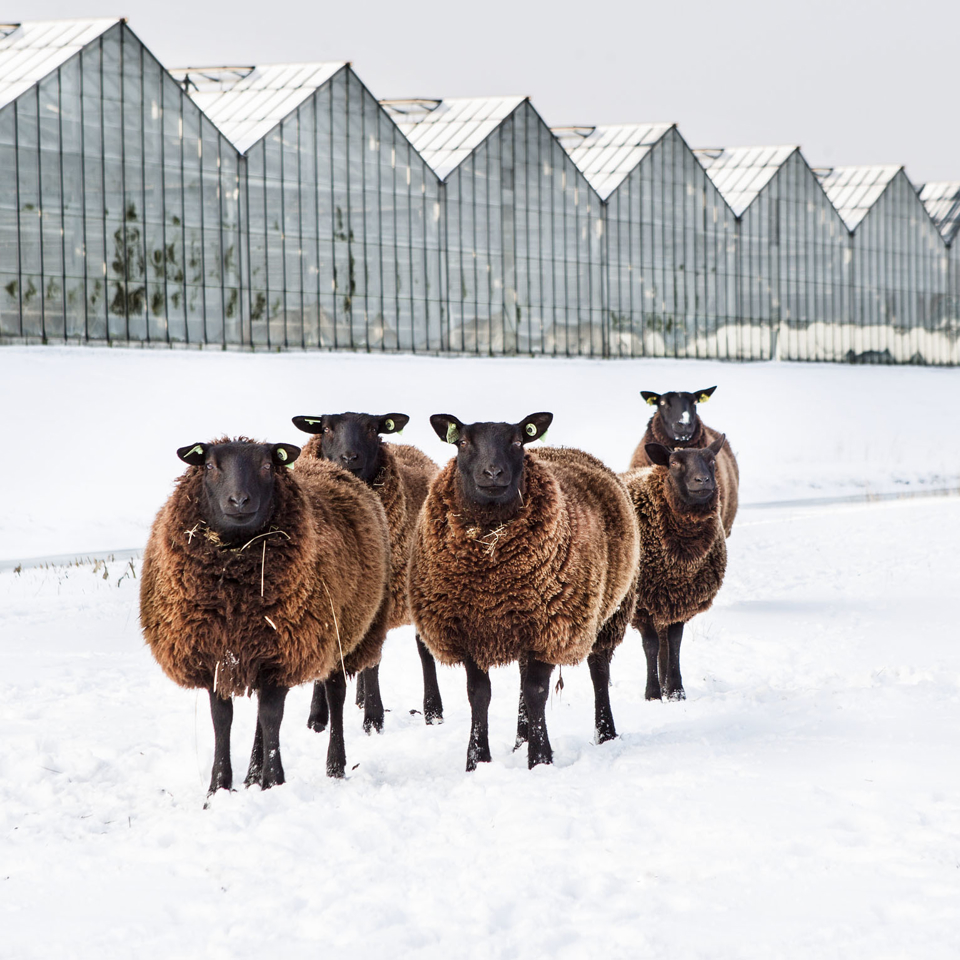
Our key take-away from this Dutch Approach
Make the local population a key stakeholder in each project. By utilising local resources for a competitive advantage, we aim to leave behind a heritage of horticultural knowledge, technological improvement and economical well-being. From the start of construction to decades later.
